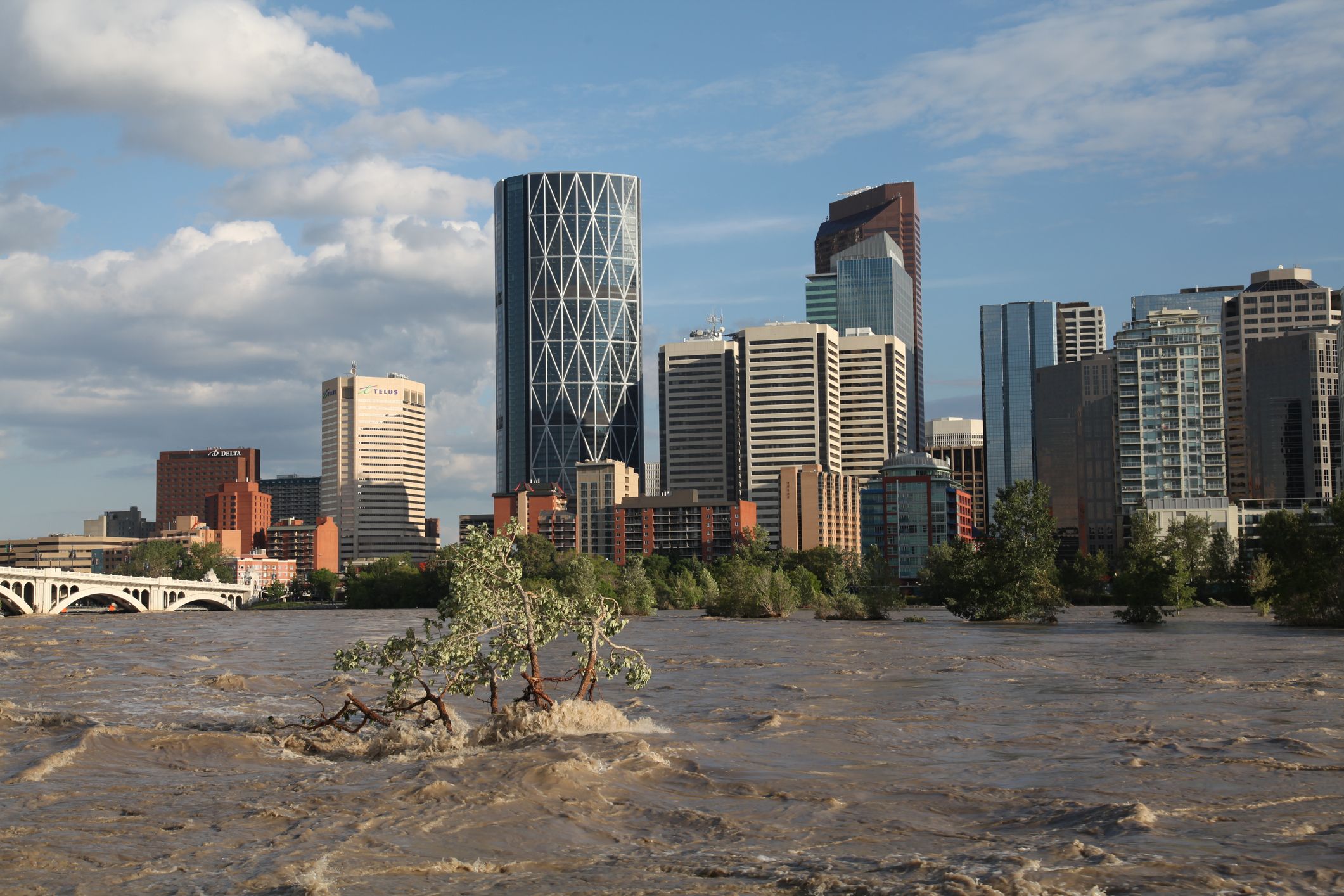“Economists set themselves too easy, too useless a task, if in tempestuous seasons they can only tell us, that when the storm is long past, the ocean is flat again.” With this quotation from John Maynard Keynes, Dr. Frank Ackerman, principal economist, Synapse Energy Economic Inc., began a lecture on his most recent book Worst-Case Economics: Extreme Events in Climate and Finance.
At the core of his argument is that we don’t have the appropriate models in place to understand the problem of climate change and to predict the coming costs of catastrophic events, such as widespread flooding. Ackerman argued that the model presented to most politicians is one based on cost benefit analyses (CBA) and normal distribution of extreme events. The same models with which financial markets are assessed, to our collective detriment.
“I downloaded 64 years of daily price changes on the U.S. stock market,” said Ackerman. With that data he calculated the mean and standard deviation from normal distribution and found that “the days of almost no change are way too high; there are too many days when there’s almost no change for the normal distribution [to fit].” The U.S. financial market’s distribution of normal versus extreme events is non-normal. “There are too many extremes,” said Ackerman. “A much better fit to the extreme data is the power law.”
The power law better explains how likely extreme events are to occur. “If [an extreme event] was normally distributed, with the standard deviation, you would have a 10-11 chance of seeing even one such day. In fact, you see eight.” This takes extreme financial events out of the realm of speculation due to being highly unlikely in a normal distribution scenario to being as likely as an individual having a house fire under the power law.


When Ackerman compared the 2003 heat wave in Western Europe the Eastern European heat wave in 2010, the data plot observed the same power law relationship. However, solid data for these sorts of predictions is hard to obtain, he conceded. As did Canada’s Parliamentary Budget Officer (PBO) in the report, Estimate of the Average Annual Cost for Disaster Financial Assistance Arrangements due to Weather Events. The PBO could not make use of the power law method in predicting financial costs from events, such as large-scale flooding, because “unfortunately, there are not enough data points available to accurately model the tail; as a result, this method could not be used.” The tail match method being another term that describes the power law.
Instead, the PBO used catastrophe modelling, which takes a normal-distribution of events and weights their individual probability to produce a more accurate model. While Ackerman recognized that this is a sound method, it has two downsides. One is that it is very resource intensive, as it requires extensive mathematical calculations. So much so, in fact, that the PBO noted, “Probabilistic catastrophe modelling as a concept has been around since the late 1960s. However, it did not become commercially available until the late 1980s as computing power increased sufficiently to support it.” The other challenge with this method is that it cannot assign probabilities to events that are unknown.
Indeed, Ackerman referenced noted economist Martin Weitzman who, in his 2009 paper, Some Basic Economics of Extreme Climate Change, wrote that “the ‘unknown unknowns’ of climate change make CBAs significantly more fuzzy in this arena than in more traditional applications—like constructing roads, strengthening bridges, or setting building codes in earthquake-prone zones.” Catastrophe modelling is a type of CBA, though more accurate, it suffers the CBA’s flaw of not being able to account for unknown unkowns.
But the inscrutability of the problem of climate change and extreme weather events doesn’t mean we don’t know what to do. “Of course, climate change should be stopped. Just go back and read the science,” said Ackerman.
“One of the things that economic arguments often bring up is that change looks expensive in many economic analyses, which are all based on the idea that the economy is at an optimum, that every resource, including labour, is already being used in its best possible use,” said Ackerman. “Starting from that point, starting from the top of the mountain, you can only go down. But since the economy is so clearly not at an optimal point in reality, carefully designed change might not be that expensive.”
The best way to plan for climate change is to exercise far more precaution in our policy, argued Ackerman. And he believes that we can.
For more on Ackerman’s work, visit his website.
Thank you to Professor Kimberly Strong for inviting Water Canada to attend Dr. Ackerman’s lecture.









